ConnectGREEN - Final Conference in Visegrád, Hungary
01-10-2021
From 28-30 September, 2021, WWF, the Carpathian Convention Secretariat, the Carpathian Network of Protected Areas (CNPA) Steering Committee, CEEweb for Biodiversity, and Eurac Research hosted the closing conference of the ConnectGREEN project in Visegrád, Hungary, at the Silvanus Hotel. The entirety of the Conference could be followed in real-time on the website of ConnectGREEN.
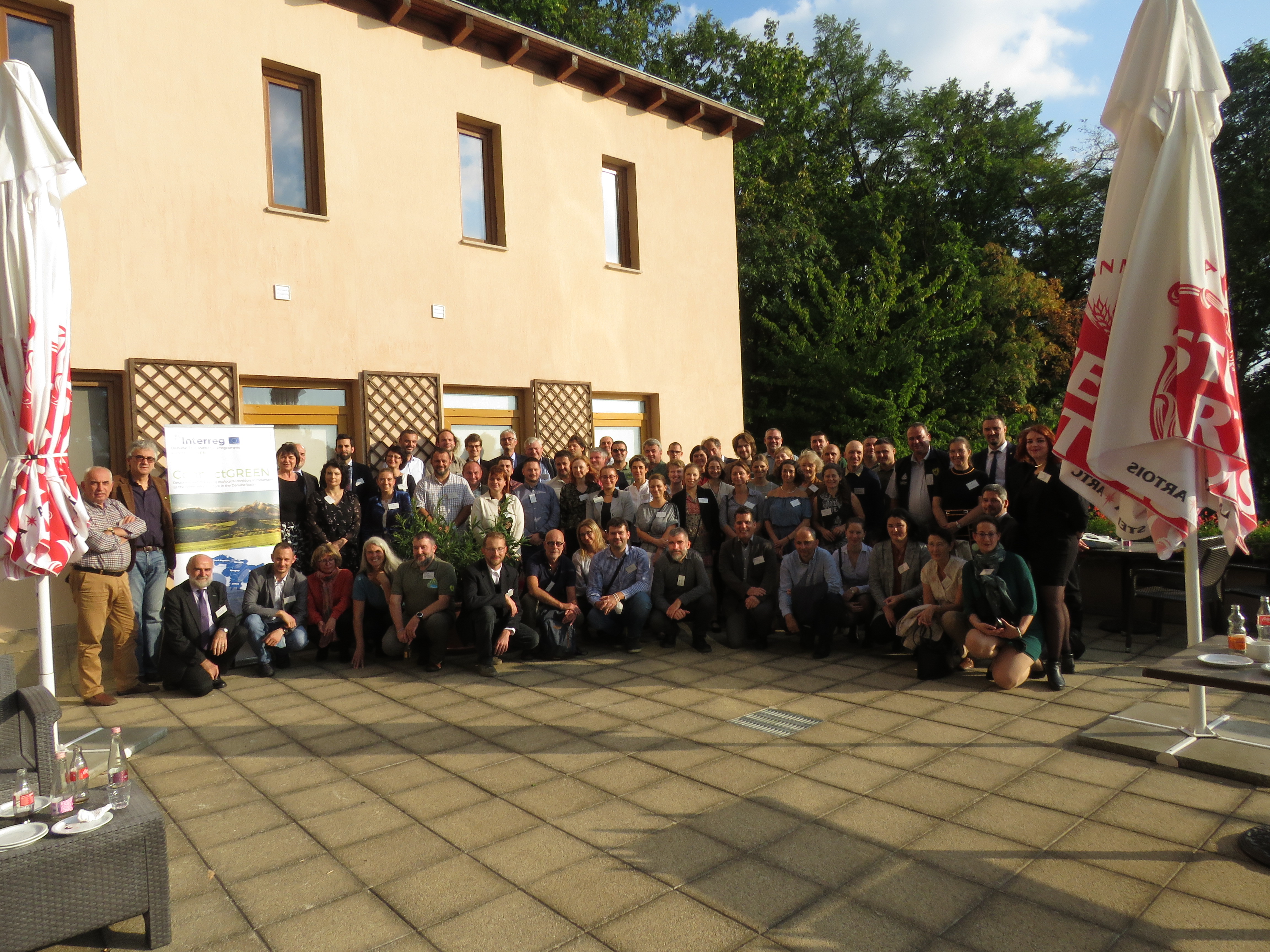
Image 1.: Group photo of the Conference participants © CEEweb for Biodiversity
During the conference, we presented the latest environmental developments in the Carpathians in the framework of the ConnectGREEN project. With the involvement of international project partners, representatives of administrative bodies and policy experts and other stakeholders, we aimed to gain knowledge and share experiences on the importance of ecological relations. Moreover, we sought to draw attention to the need for cross-sectoral cooperation. Besides the high-level policy topics, we also introduced the tools and applications developed for spatial planners and conservationists within the framework of the ConnectGREEN project.
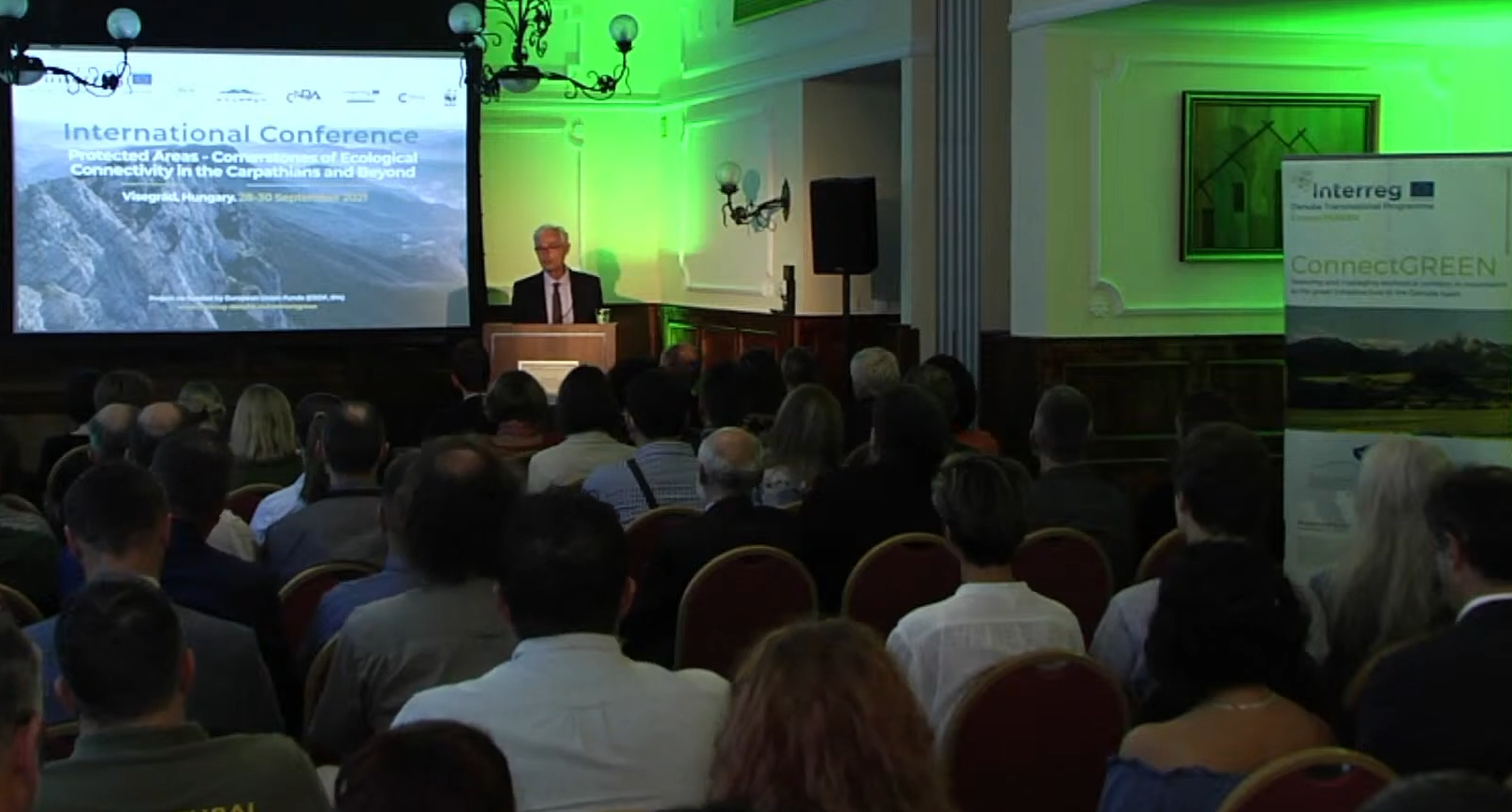
Image 2.: Keynote speech by Harald Egerer, Head of the UNEP Vienna Programme Office, Secretariat of the Carpathian Convention © CEEweb for Biodiversity
The first day opened with welcome speeches by Irene Lucius, Conservation Director, WWF-CEE, Bertalan Balczó, Deputy State Secretary for Nature Protection, Hungarian Ministry of Agriculture, Harald Egerer, Head of the UNEP Vienna Programme Office, Secretariat of the Carpathian Convention, and Mircea Verghelet, Steering Committee Chair, Carpathian Network of Protected Areas.
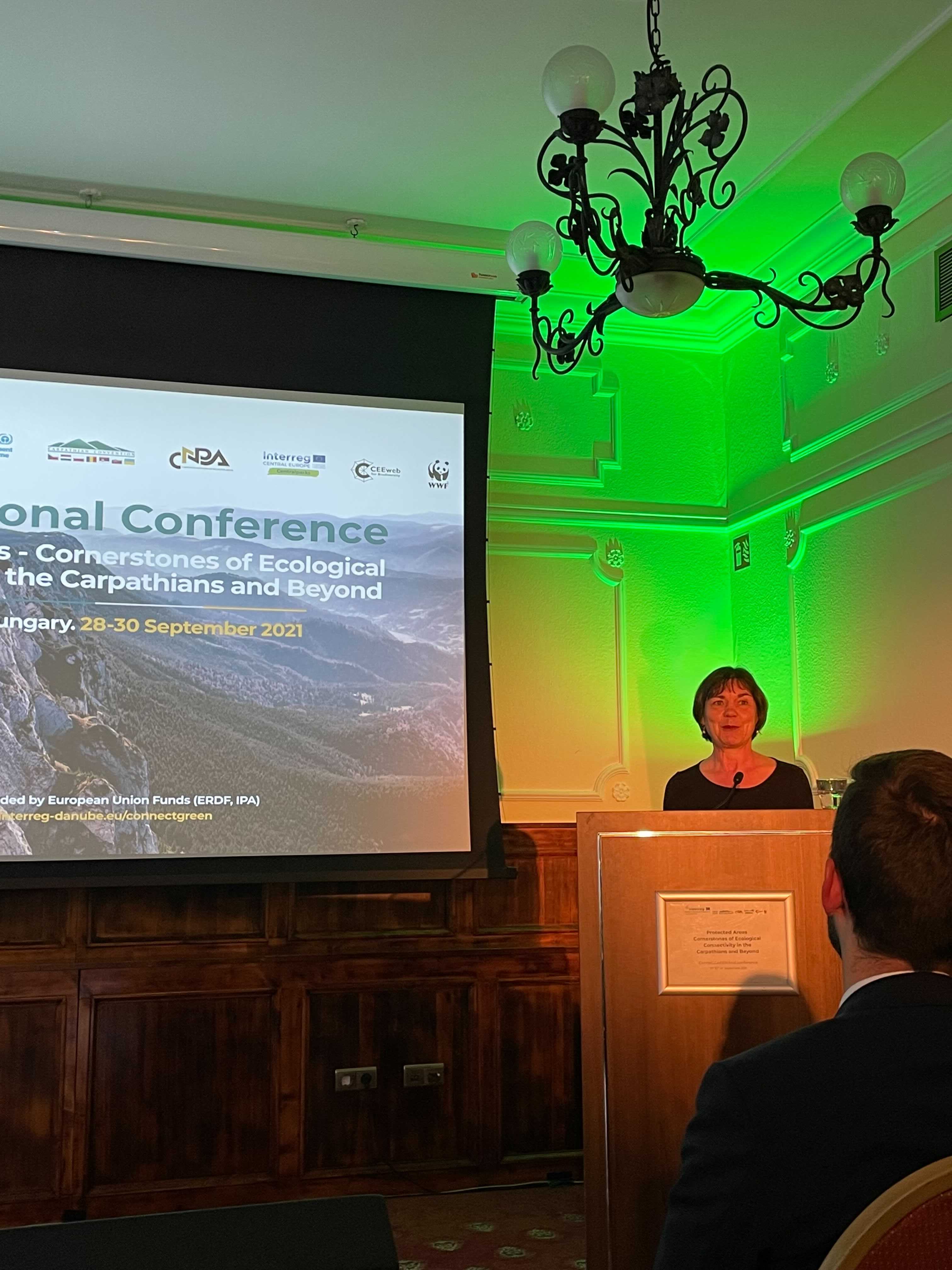
Image 3.: Keynote speech by Irene Lucius, WWF-CEE © CEEweb for Biodiversity
This was followed by four keynote speeches, held by Nicola Notaro, Head of the Unit for Nature Protection in the DG Environment of the EU Commission, Wendy Elliott, Deputy Leader of WWF International’s Wildlife Practice, Gary Tabor, Executive Director of the Centre for Large Landscape Conservation and Specialist Group Leader of the IUCN Connectivity Conservation Specialist Group, and Miklós Marton from the Department of Environmental Development and Strategy in the Hungarian Ministry of Agriculture and Steering Group Member of the Priority Area 6 on Biodiversity of the EU Strategy for the Danube Region.
Days two and three of the conference featured very fruitful workshops, presentations, and discussions on ecological connectivity – a full agenda can be viewed here. A highlight in the afternoon of the second day was a session dedicated to “A new age for the Carpathian Protected Areas Network”, during which the Conference attendees heard about the valuable outputs of the Interreg Centralparks project, received inputs from the Steering Committee Members of the Carpathian Network of Protected Areas (CNPA) and learnt about best practices in protected areas management from protected areas representatives. This was followed by an interactive exercise, facilitated by the Secretariat of the Carpathian Convention, to identify relevant future activities for the Carpathian Protected Areas Network.
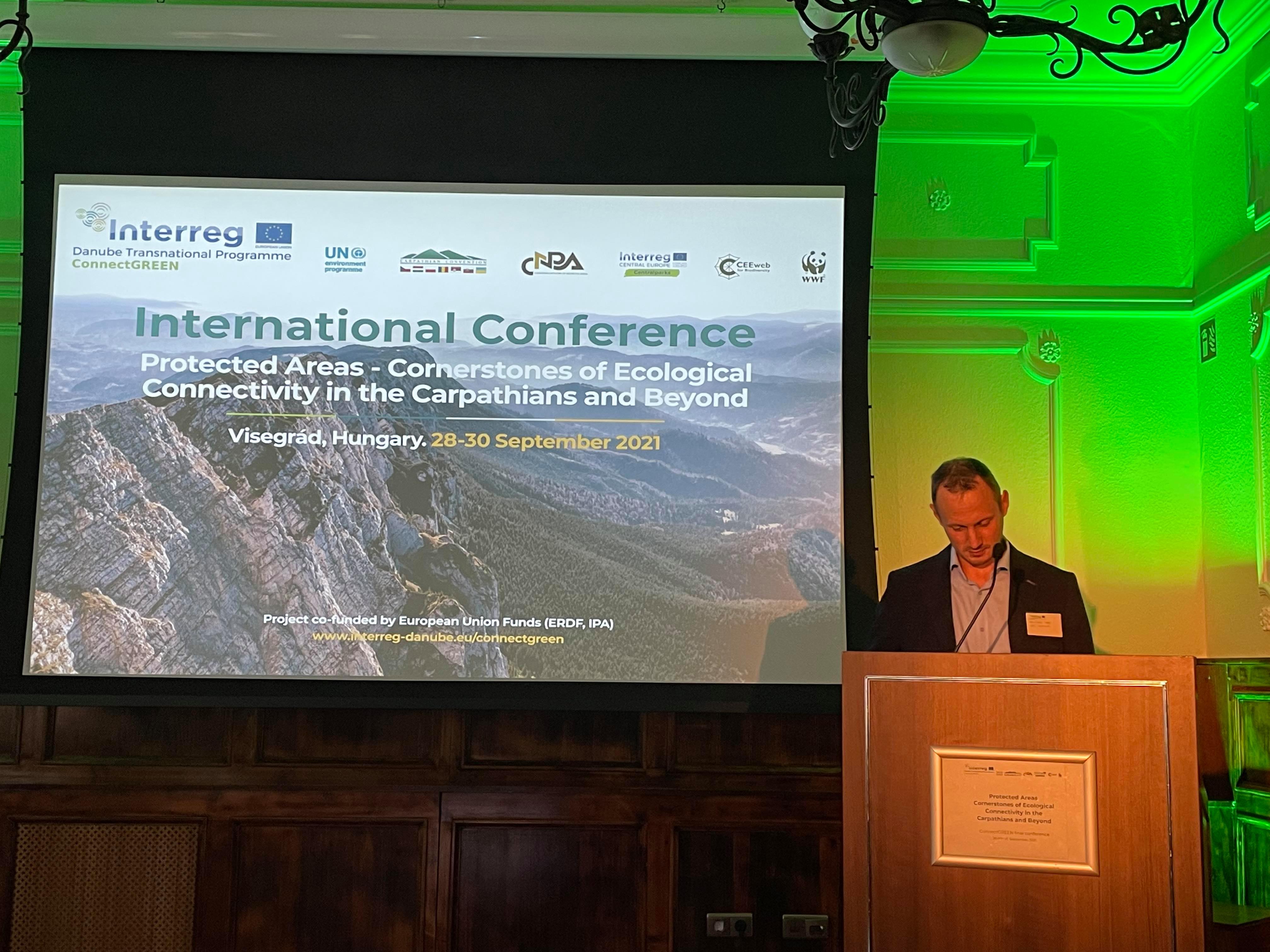
Image 4.: Presentation by Cristian-Remus Papp, WWF Romania © CEEweb for Biodiversity
The 3-day Conference ended with the official closing of the ConnectGREEN project. After a presentation of project results and outputs by the lead project coordinator Cristian-Remus Papp, WWF Romania, a panel discussion was held between the individual work package leaders of the project, who exchanged views on lessons learnt, valuable experiences made, and the recommendations they see for follow-up activities to capitalise on the work of ConnectGREEN.
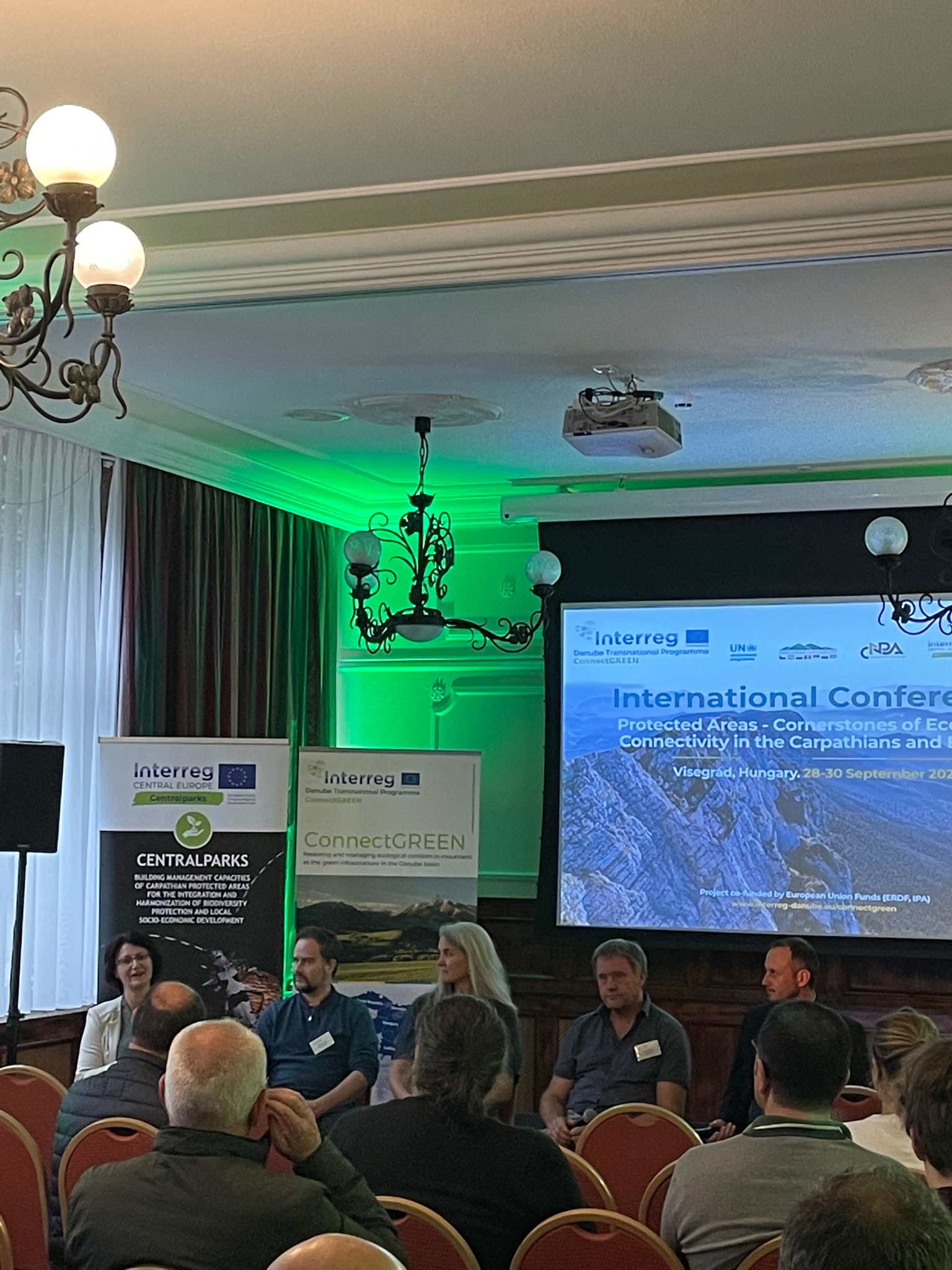
Image 5.: Panel discussion among the ConnectGREEN Work Package Leaders © CEEweb for Biodiversity
Before the closing of the Conference by Harald Egerer, Head of the UNEP Vienna Programme Office - Secretariat of the Carpathian Convention, the participants agreed on a Conference Declaration, which calls on the European Commission, the European Parliament and the national governments of the Danube-Carpathian region to drive the efficient management of ecological corridors, restore their functionality and reverse habitat fragmentation. To read the full Declaration, please click here.
Current challenges
The continued expansion of human activities — via infrastructure development, agriculture, urban sprawl, and others — causes the shrinkage of natural habitats. The destruction of ecological corridors and the fragmentation of still intact wild areas can cause irreversible damages to ecosystems and the species that live in them by reducing their ability to find food, shelter and a mate. The vanishing of individual patches can have knock-on effects and gradually endanger the ecological balance of the entire region. Furthermore, as human-populated areas increasingly overlap with the habitats of wild animals, the risk of human-wildlife conflict is increased, for instance leading to greater chances of vehicle-wildlife collisions and agricultural damage by animals in search of food.
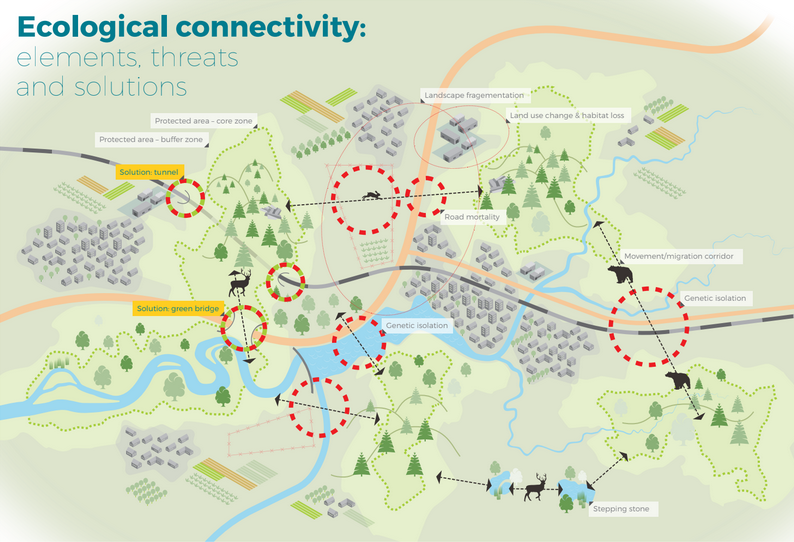
Image 6.: Illustration of ecological connectivity © Michal Stránský
Humankind is embedded in the natural world that surrounds us: we are a part of the system. Thus, achieving a harmonious coexistence is not only feasible, but also necessary. Ecosystems provide the resources necessary for human existence and well-being — such as clean air, fresh water, healthy soil, and spaces for recreation — not to mention the role of ecosystems in mitigating the effects of climate change. Ecological networks protect these systems; therefore, it is crucial to preserve them. It is essential to prioritize nature conservation during settlement development and road network design.
About the ConnectGREEN project
The main goal of the Interreg ConnectGREEN project is to protect natural habitats, preserve ecological connections and gain knowledge about the design of ecological corridors in order to support spatial planners during the design of infrastructural expansions and urban development in order to protect our natural heritage.
As environmental problems are not limited by geopolitical borders, ConnectGREEN addresses the entire Carpathian region, one of the least fragmented landscapes in Europe, hiding natural treasures of unparalleled beauty and ecological value, and providing refuge to a third of Europe's large carnivores. The Carpathian Region is home to three types of large carnivore species: the grey wolf (Canis lupus), the Eurasian lynx (Lynx lynx) and the brown bear (Ursus arctos).
One of the main tasks of the project is to support the monitoring of these large carnivores in four pilot areas in the Carpathians: 1. Piatra Craiului National Park (Romania); 2. Apuseni-SW Carpathians (Romania)/ National Park Djerdap (Serbia); 3. Western Carpathians (Czech Republic - Slovakia) and 4. Bükk National Park (Hungary)/ Cerová vrchovina Protected Landscape Area (Slovakia).
Among the main outputs of the ConnectGREEN project, which contribute to the preservation and improvement of ecological links between natural habitats, especially in Natura 2000 sites and transboundary protected areas in the Carpathians are:
The Methodology for Identification of Ecological Corridors in the Carpathian Countries by Using Large Carnivores as Umbrella Species;
the Guidelines on How to Use Spatial Planning Tools in Integrative Management of Ecological Corridors;
the Innovative Decision Support Tool; and
an updated Carpathian Countries Integrated Biodiversity Information System (CCIBIS)
More information on the project, online versions of the documents mentioned above, and promotional material, can be accessed on the website of ConnectGREEN.
Contact persons:
- Cristian-Remus Papp, WWF Romania, cpapp@wwf.ro
- Hildegard Meyer, WWF-CEE, hmeyer@wwfcee.org
